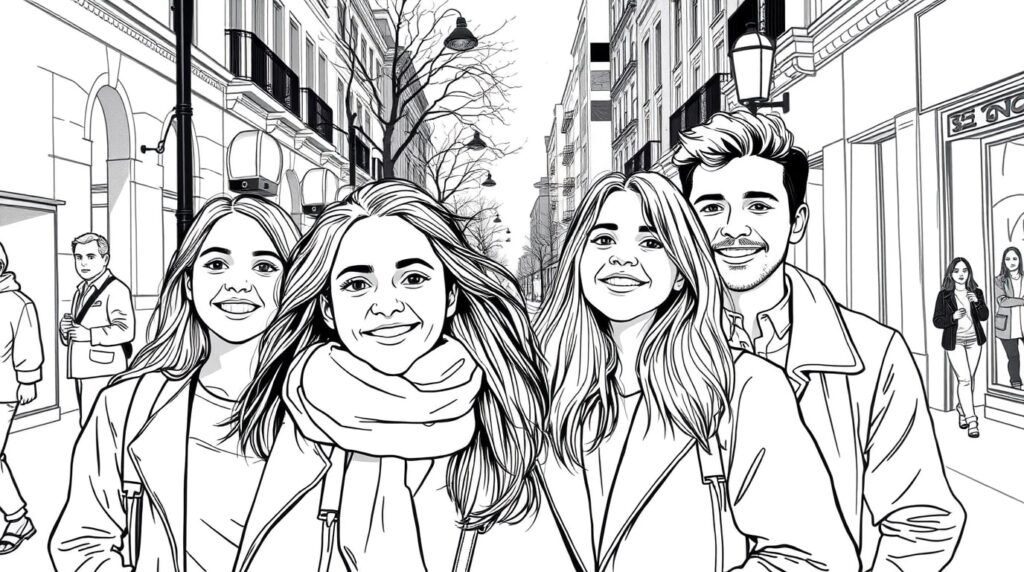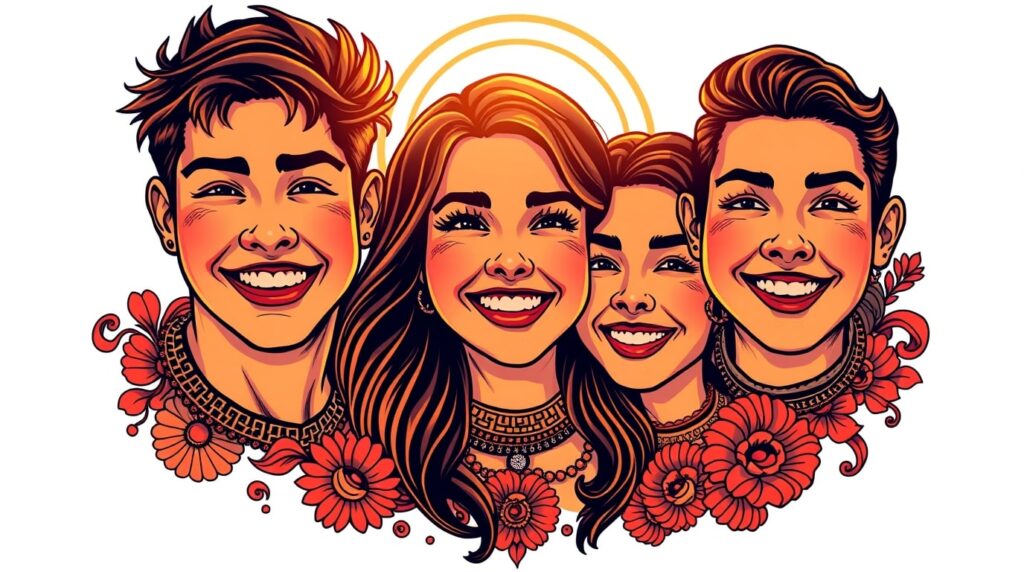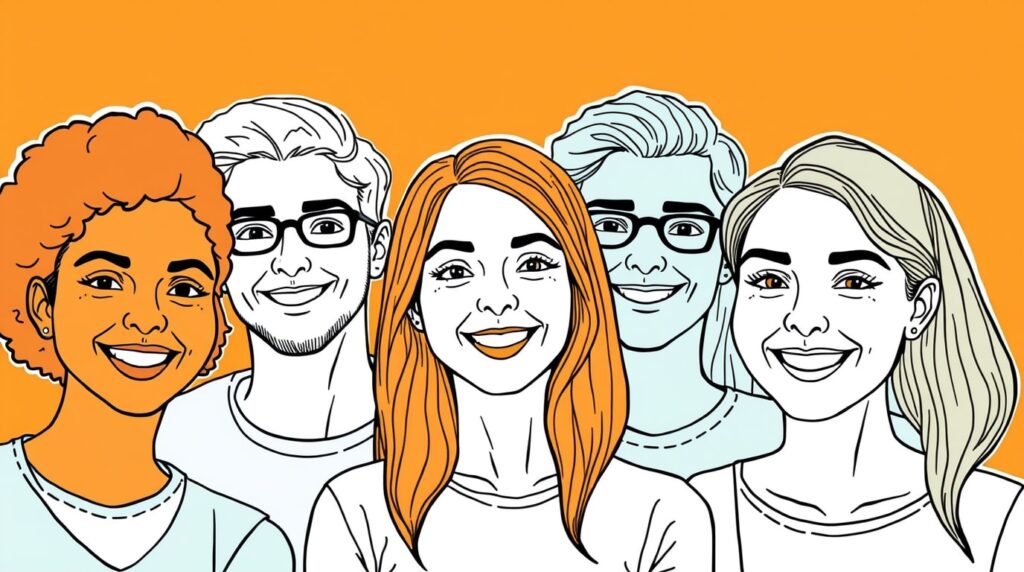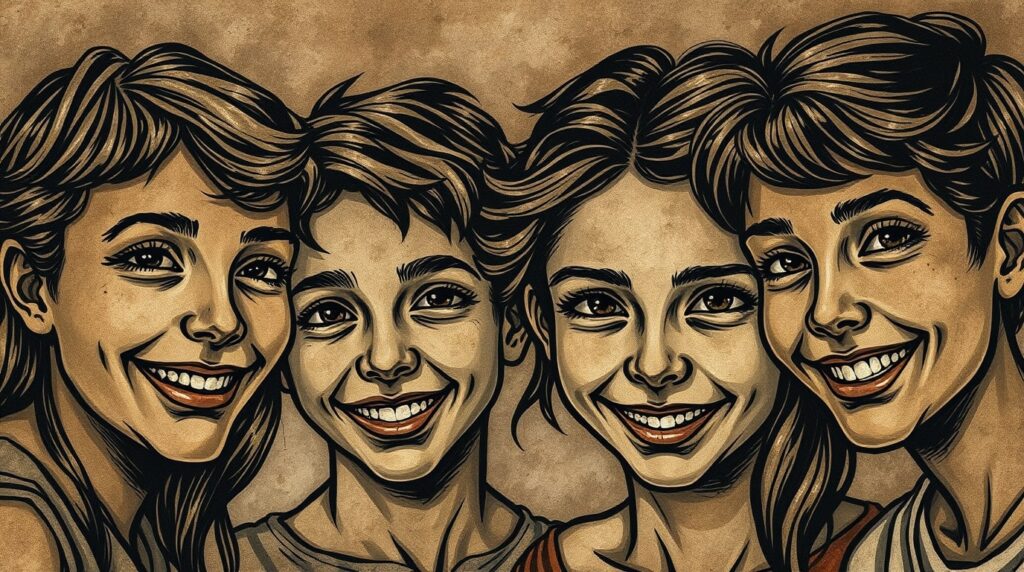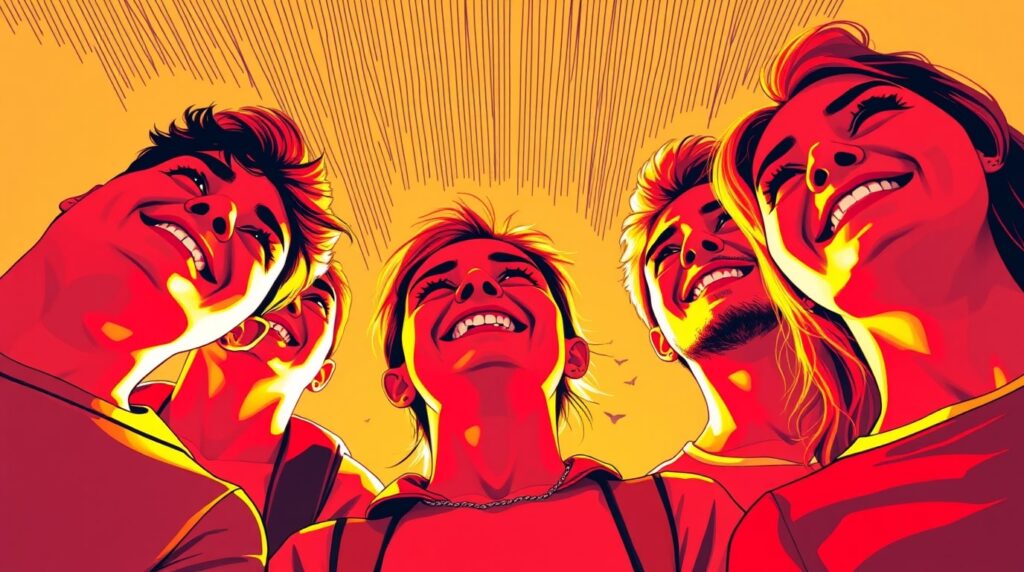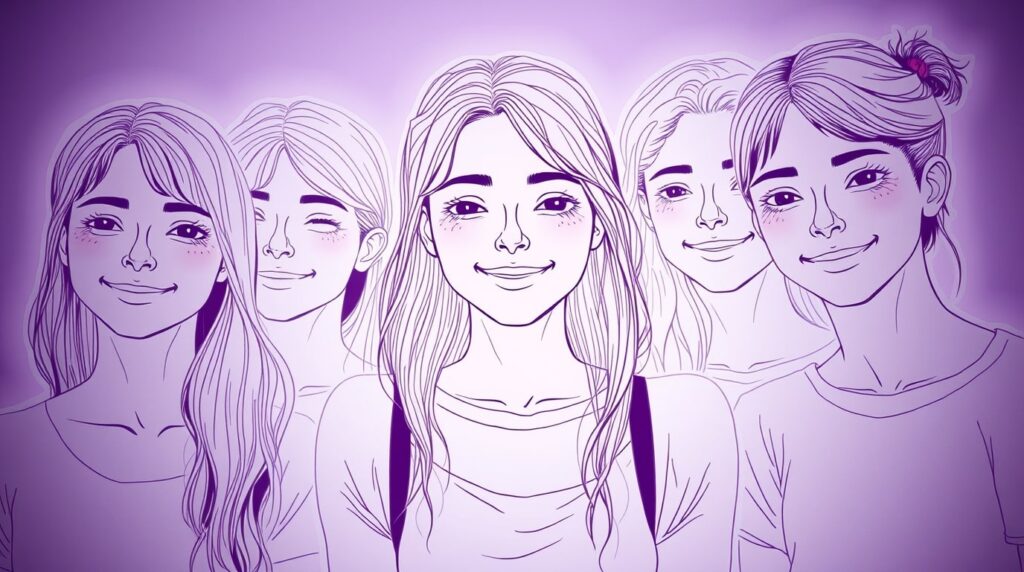Let’s face it, the world isn’t exactly a utopia where everyone holds hands and sings kumbaya. But lucky for us, there are superheroes in real life too, like Bryan Stevenson. (No, he doesn’t wear a cape, though honestly, he’d rock one.) This Harvard-educated lawyer is a fierce warrior against social injustice, and the way he does it? It’s nothing short of legendary. Grab your smartphone, we’re diving into how Bryan Stevenson tackles social injustice, and how you can sprinkle some of his magic into your own life. Spoiler alert: there’s tech involved.
1. Empathy as the Ultimate Superpower
Bryan Stevenson’s playbook starts with empathy. He dives deep into the lives of those he helps, whether they’re on death row or facing systemic discrimination. Now, you’re probably thinking, “Cool story, but how does this apply to me?” Well, start by looking at your shiny new tech gadgets.
Apps like Empathy: Guided Support (yes, it’s a real thing) help you practice emotional intelligence. Got a friend ranting about their bad day? Instead of replying with, “Sounds rough, bro,” use the app to give thoughtful responses. Bryan would be proud.
Oh, and if you’re the kind of person who says, “I’m just bad at feelings,” stop right there. Bryan didn’t build his legacy by making excuses. Download the app already.
2. Data: The New Justice Sidekick
Bryan isn’t just winging it when he fights for justice. He’s got receipts. (You know, the kind that come from years of research and real data.) His organization, the Equal Justice Initiative (EJI), uses hard-hitting stats to show systemic inequalities, like how some counties in the U.S. have shockingly high rates of wrongful convictions.
You can channel your inner Bryan by harnessing the power of data… but let’s make it fun. Tools like Tableau or Power BI make analyzing social justice issues feel like you’re playing with LEGOs. And if you’re like, “What even is Tableau?”, don’t worry. Just Google it. You’ll thank us later.
Pro tip: Use these platforms to create eye-catching infographics about causes you care about. Whether it’s climate change, racial inequality, or the suspiciously low number of tacos per American household, let the data do the talking. Share it on Instagram, slap on some hashtags, and watch your DMs light up.
3. Storytelling: The OG Tool for Change
Bryan Stevenson isn’t just a lawyer; he’s a storyteller. Ever read his book Just Mercy? If not, put down this blog, fire up your Kindle, and fix that mistake immediately. Through personal narratives, Bryan humanizes the people society often overlooks.
Here’s how you can steal a page from Bryan’s book, literally. Start documenting stories about social issues you care about. Got a killer iPhone 15 Pro? Use it to record interviews or film TikToks. Editing apps like Adobe Premiere Rush make it ridiculously easy to look like a pro.
Fun idea: Create a mini-documentary about a local issue, like potholes that look suspiciously like craters. Or, you know, something more serious like housing inequality. Either way, storytelling is your ticket to raising awareness and maybe even going viral.
4. Virtual Reality: The Justice Gamechanger
Bryan knows the power of putting people in someone else’s shoes. While he’s mastered this in courtrooms, you can do it with… drumroll, please… virtual reality. That’s right, your VR headset isn’t just for dodging zombies or pretending to be Spider-Man. It can be a tool for empathy.
Platforms like “Within VR” offer immersive experiences that let you walk through someone else’s life. Want to see what it’s like to grow up in a low-income community or navigate systemic racism? There’s probably a VR experience for that. Put on your headset, and boom, instant empathy boost.
Now, go ahead and recommend this to your friends. Or better yet, host a “Social Justice VR Party.” Chips, guac, and a deeper understanding of inequality? Yes, please.
5. Legal Research, But Make It Techy
Bryan’s bread and butter is legal research. But let’s be real, most of us don’t have a law degree. Thankfully, we’ve got the internet. Sites like LegalZoom and Justia are perfect for learning about your rights. Feeling extra ambitious? Dive into free courses on Coursera to learn about the legal system.
Bonus tip: Use ChatGPT (hi, that’s me!) to ask all your burning legal questions. Just don’t try to represent yourself in court because “ChatGPT told me so” probably won’t hold up. (Seriously, don’t.)
6. Don’t Forget the Power of Memes
Finally, let’s talk memes. Bryan Stevenson probably doesn’t use memes to fight injustice, but that doesn’t mean you can’t. Humor is a fantastic way to get people talking about tough issues. Apps like Canva or Meme Generator let you whip up hilarious, yet thought-provoking content in minutes.
Example: A meme about student debt with the caption, “When the system says ‘pay it off,’ but you’re still waiting for that billionaire inheritance.” Post it, share it, and watch the comments roll in.
Be Your Own Bryan
Bryan Stevenson’s fight against social injustice isn’t just inspiring, it’s actionable. Whether it’s through empathy, data, storytelling, or even VR, there’s a lesson for all of us. And with the power of tech at your fingertips, there’s no excuse not to start making a difference. So go ahead, be the hero your group chat desperately needs. You’ve got this.





